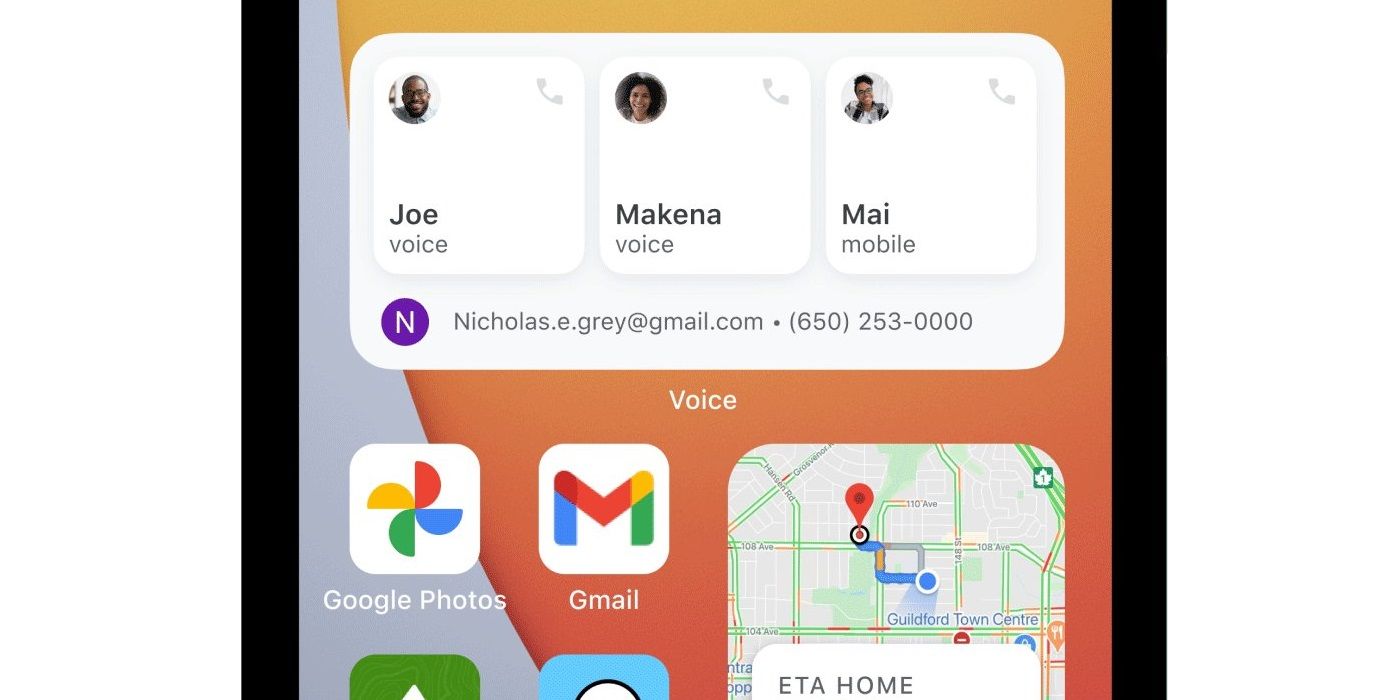Google Voice is a great service for managing a secondary phone number, but long-standing users are about to lose some legacy features. Google launched Voice in 2009, providing customers with a suite of voice calling and SMS messaging tools. These included the ability to port a carrier number to Voice, forward text messages to email, and an option to screen callers before answering. Since then, Google has made many changes to the service, as well as introducing video communication apps like Duo and Meet.
Google launched a fresh version of Voice in 2017, introducing several changes, including a new layout for the web app, better conversation threading for messages, and MMS support. While multiple features did not transfer over, Google continued to maintain the old version. This meant longtime Voice customers had access to the original inbox layout, as well as tools such as Call Notes - a simple scratchpad for jotting down memos during a chat, and voicemail-only accounts. However, in 2020, Google started stripping away some capabilities of the legacy service and encouraging users over to the modern app. The company ditched Call Notes and shuttered the old inbox format. Of course, with the abundance of note-taking apps and an ostensibly better messaging experience in modern Voice, such changes likely inconvenienced few users.
Starting in February 2022, several more early Voice features will disappear as Google closes down the legacy web version for consumers. The firm has sent out emails, letting affected users know tools such as Ring Scheduling (predetermined periods in which calls can connect) and the Do Not Disturb Timer (ad hoc periods when calls cannot connect) will soon be gone. Additionally, Call Notes users will have to download their old notes from Google’s Account Takeout service before the end of March or risk losing them forever.
Voicemail-Only Users Must Add A Phone Number
Consumers who have historically used Voice only for its voicemail tools will have to upgrade to a regular account if they want to keep using the service. This means enabling a real number (which is free) and linking it to a phone number the user already controls. Of course, for those that would rather not make such a change, or don’t want the hassle of finding a new free-to-use standalone voicemail app, they could instead use the voice memo features of services like WhatsApp or Signal - though it won’t be a complete one-to-one comparison.
It’s important to note that the transition is happening for the consumer version of Google Voice. Those who have a legacy Voice account via Google Workspace are not affected by the changes. Still, for those that might consider paying a premium for a new Google Workspace-linked Voice account, unfortunately, many original features are no longer on offer.
Source: Google


